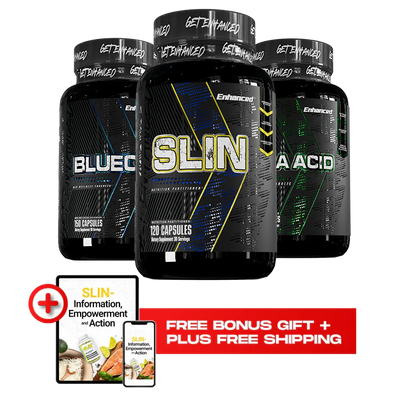PRODUCT BUNDLE

UNLEASH 24/7 FAT BURNING

FAT BURN SYNERGY

ENHANCED MUSCLE DEFINITION
How to use Dad Bod Keg Killer Stack to help you get the ultimate body?

ROUND-THE-CLOCK FAT BURNER

STIM FAT BURNER

Muscle Revealer:
FREE GIFT
Embrace the Change: The Dad Bod Keg Killer Stack Protocol.

SCIENTIFIC STUDIES INFO
You may also like










